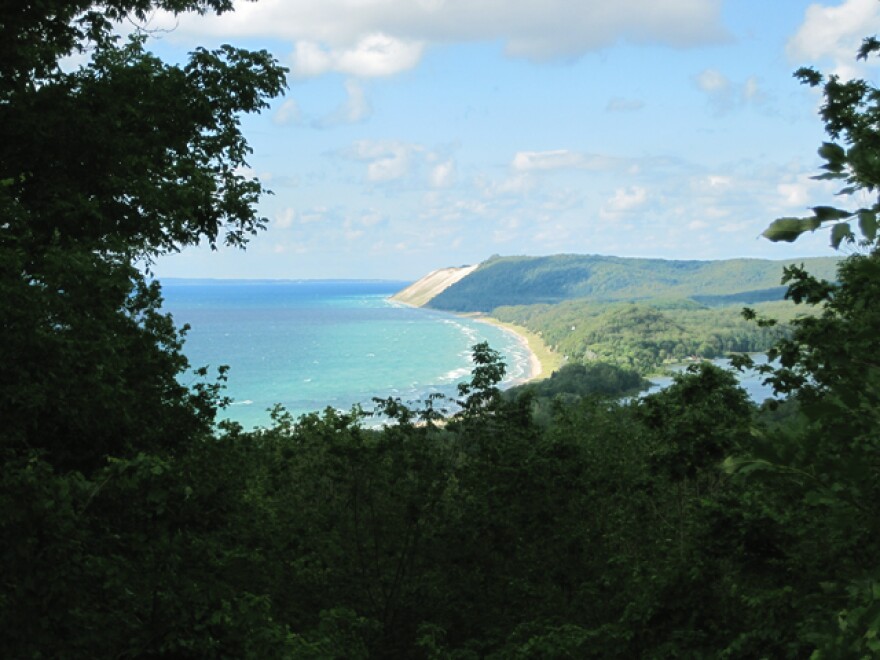Water levels in the Great Lakes have been rising, and that means shrinking shorelines.
Drew Gronewald is a hydrologist with the University of Michigan’s School for Environment and Sustainability. He says Lake Ontario broke an all-time high water level record in June, and all of the lakes broke records in May. He says Michiganders should take appropriate safety precautions in response to changes in water level and near-shore water circulation.
“Any time there are changes in water levels along the shoreline, there can also be changes in the way water is circulating around the shoreline. That can certainly be a hazard for swimmers; beachgoers. Certainly if there are changes going on with circulation patterns, make sure they're paying attention to rip current warnings in that area,” he says.
He also says that the decrease in beach area is not just a result of rising water levels, but increased vegetation in shoreline areas that has happened over time.
“Between 1998 and 2013, water levels were extremely low, particularly on Lake Michigan and Lake Huron," he says. "During that time period, there were a lot of areas along the coastline where vegetation migrated gradually down, and so that actually shrunk the beach from a top down approach. Now, water levels are rising and shrinking the beach even more.”
Gronewald says shrinking shorelines could lead to long-term consequences that coastal communities will have to face.
“We in the Great Lakes interact with a coastline. This has to do with how close we build houses to the shoreline, where we build our infrastructure, and what water levels we’re expecting our infrastructure to adapt to," says Gronewald. "Stormwater management infrastructure is a great example.”
He says if water levels continue to be high for extended periods of time with pronounced rainfall, “that’s an important change that needs to be taken into consideration for the next 20 to 40 years.”





